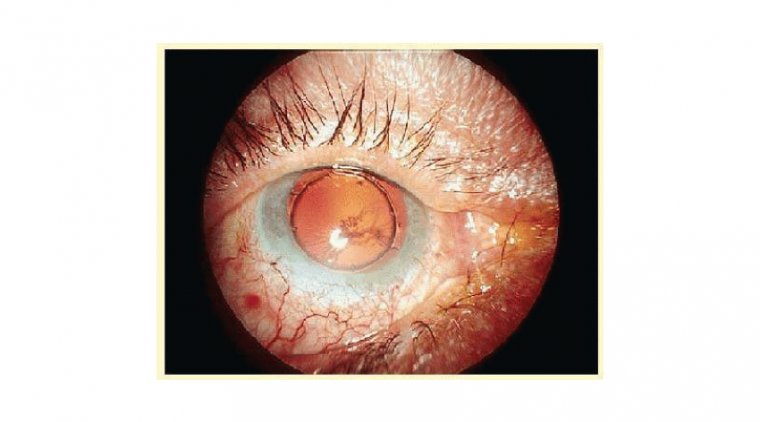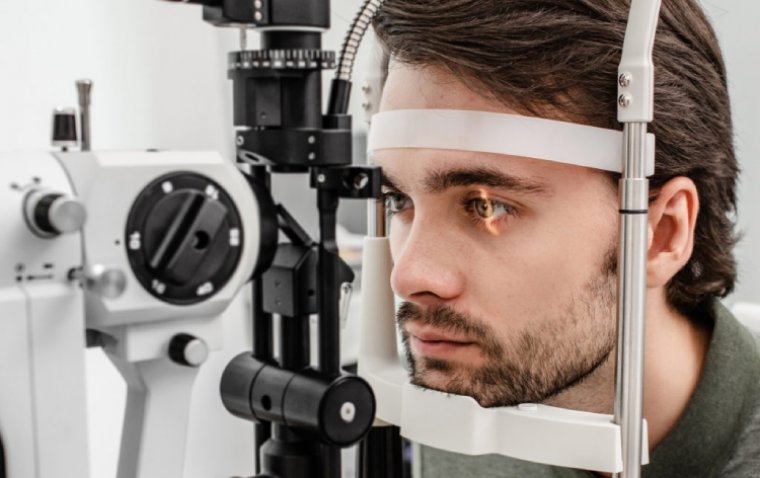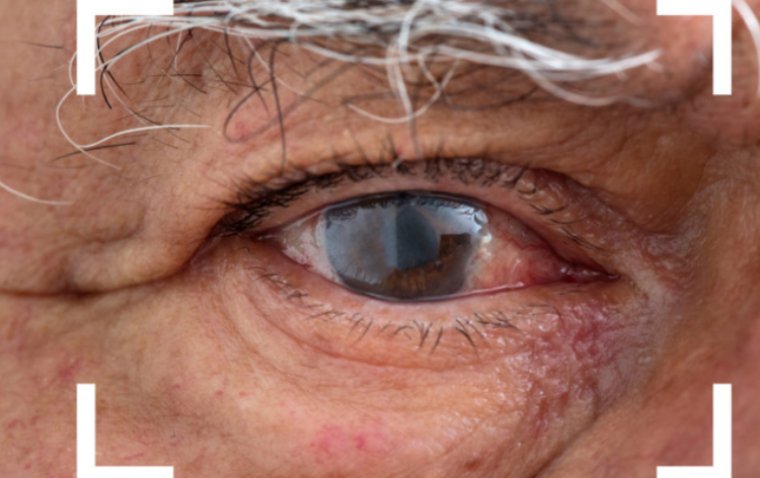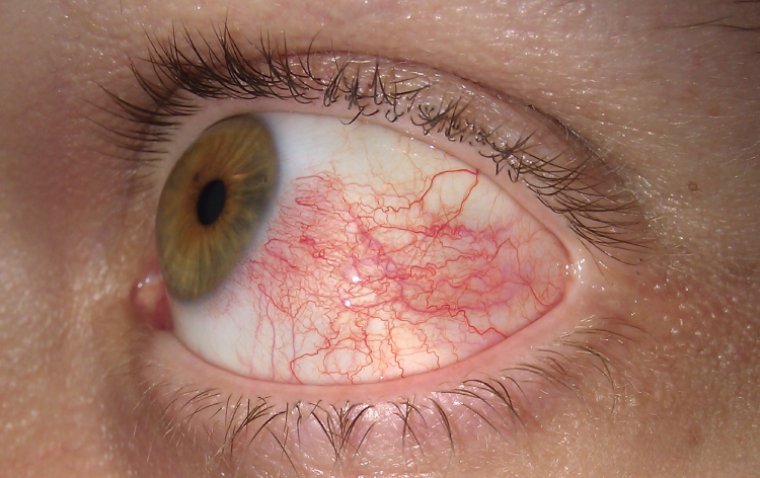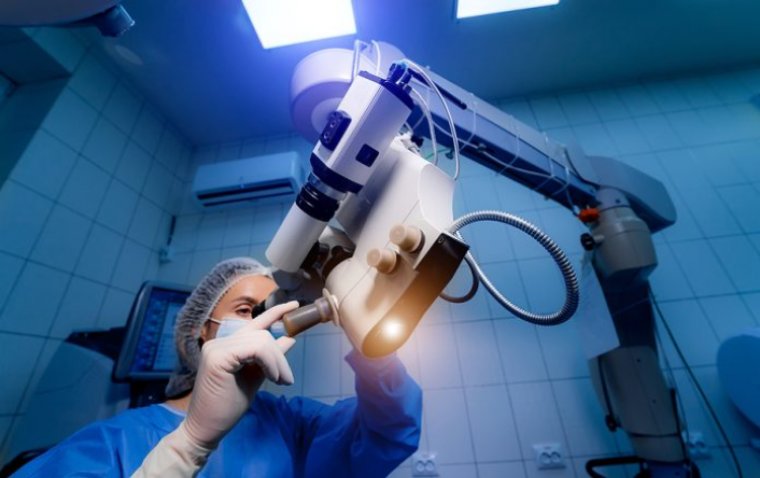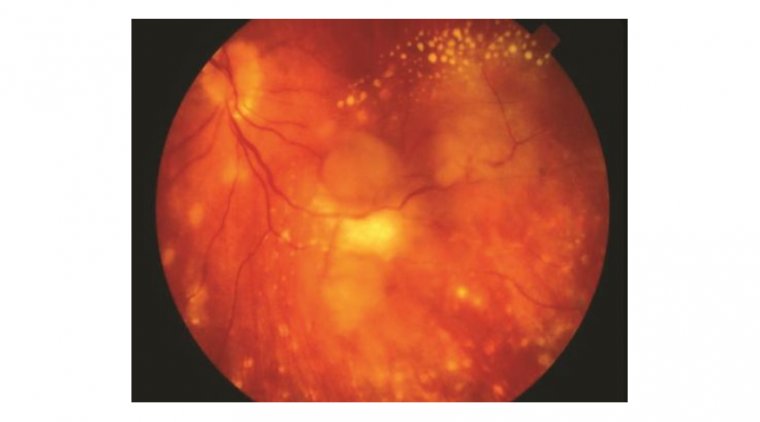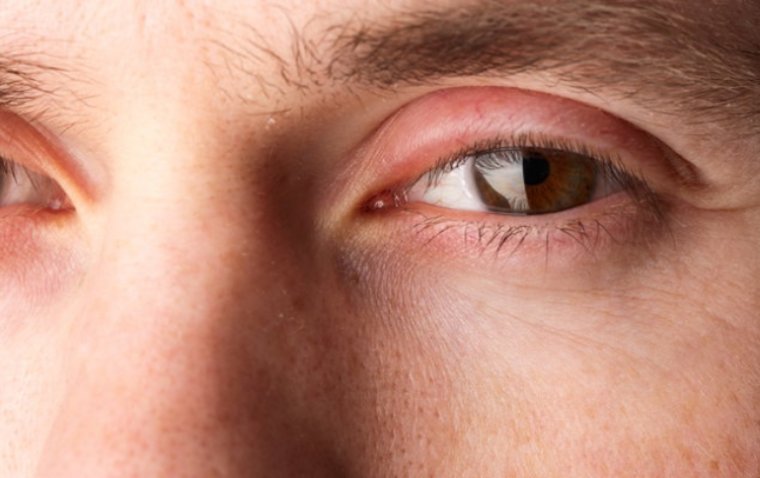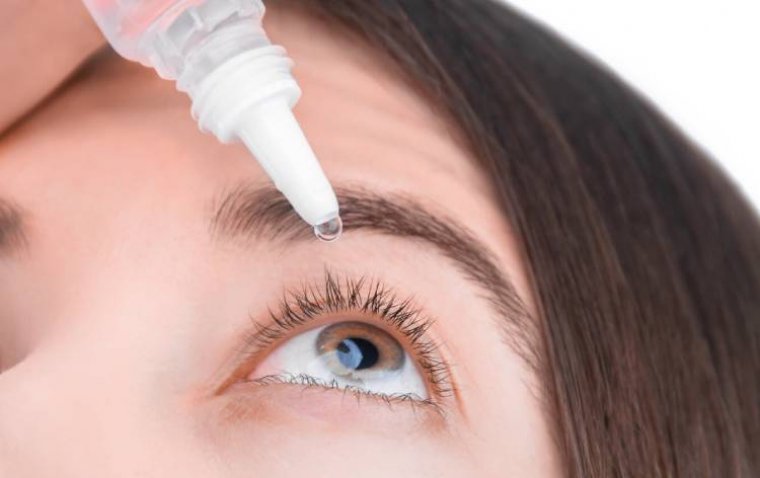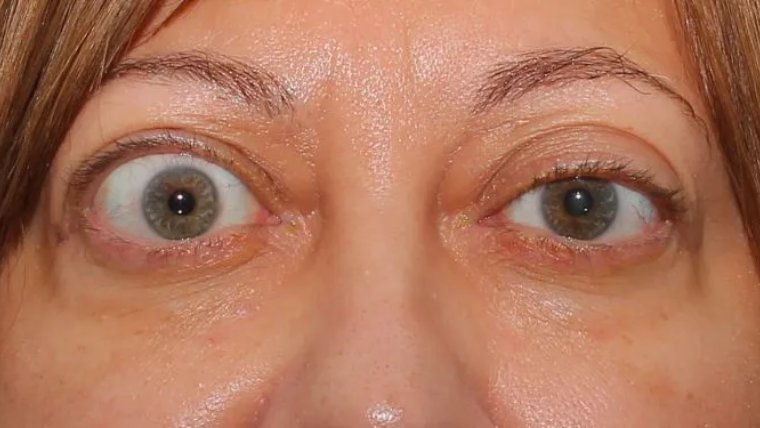
Bulging Eyes: What Causes Exophthalmos and How to Treat It
When it comes to the realm of ophthalmology, appearances can be more than meets the eye. This is especially true in the case of exophthalmos, a condition that may cause eyes to "pop" out but certainly not in the way a captivating painting or a beautiful sunset might. Here, we will shine a light on exophthalmos, unmasking its causes, impacts, and potential treatment strategies, while also providing a brief refresher on the anatomy and physiology of the eye and orbit.
What Is Exophthalmos?
Exophthalmos, often referred to as proptosis, is a medical term for an abnormal protrusion or bulging of one or both eyeballs. This condition is visible to the naked eye and can give the affected individual a startled or surprised appearance. While exophthalmos itself is typically painless, it may cause discomfort, depending on the underlying cause and the severity of the eye protrusion.
Types of Exophthalmos
Exophthalmos can be classified based on various factors such as the duration, unilateral or bilateral involvement, and the underlying cause:
1. Acute Exophthalmos: This occurs suddenly, usually over hours to days, and is often associated with pain and inflammation. Causes can include orbital cellulitis or orbital hemorrhage.
2. Chronic Exophthalmos: This develops slowly over a period of months to years and is usually painless. The most common cause is Graves' disease, an autoimmune condition.
3. Unilateral Exophthalmos: This involves only one eye and can be due to causes such as orbital tumors, inflammation, or vascular malformations.
4. Bilateral Exophthalmos: Both eyes are involved, typically seen in systemic diseases such as Graves' disease or lymphoma.

Anatomy and Physiology of the Eye and Orbit
Understanding exophthalmos requires a basic grasp of the anatomy and physiology of the eye and orbit. The eye is a complex organ that sits in a protective bony cavity called the orbit. The orbit houses not only the eye but also the muscles that move the eye, the optic nerve, and the blood vessels and nerves that supply the eye.
The eyeball itself is a sphere filled with a jelly-like substance called the vitreous. It is composed of three layers:
● The outermost layer, the sclera, which is the white of the eye, and the transparent cornea at the front of the eye.
● The middle layer, the uvea, comprising the iris, ciliary body, and choroid.
● The innermost layer, the retina, which contains the light-sensitive cells.
In a healthy eye, the balance between the volume of the orbital contents and the capacity of the orbital cavity is meticulously maintained. Any increase in the volume of the orbital contents (due to inflammation, tumors, or vascular malformations) or any decrease in the size of the orbital cavity (due to trauma or certain bone diseases) can disrupt this balance and lead to exophthalmos.
Causes and Risk Factors of Exophthalmos
Exophthalmos can be a symptom of many different conditions, ranging from relatively benign to more serious disorders. Understanding the root cause is crucial for effective management and prognosis.
Common Causes of Exophthalmos
1. Graves' disease: This is the most common cause of exophthalmos. Graves' disease is an autoimmune condition where the body's immune system attacks the thyroid gland, leading to an overproduction of thyroid hormones (hyperthyroidism). In Graves' Ophthalmopathy, the immune system also targets the tissues around the eye, causing inflammation and swelling that push the eye forward.
2. Orbital tumors: Any tumor or growth in the orbit can cause the eye to protrude. This includes benign tumors like hemangiomas or malignant ones like orbital lymphomas or metastatic tumors.
3. Orbital cellulitis: This is an infection of the tissues within the orbit. It can occur as a complication of a sinus infection, trauma, or surgery. The inflammation and swelling can cause the eye to bulge out.
4. Orbital hemorrhage: Bleeding within the orbit, often due to trauma, can cause a sudden and painful protrusion of the eye.
Risk Factors and Associated Conditions
Thyroid disorders: People with Graves' disease or other thyroid disorders are at a higher risk of developing exophthalmos.
Age and sex: While exophthalmos can affect anyone, it's more commonly seen in middle-aged adults, with a higher prevalence in females due to the association with autoimmune thyroid disease.
Smoking: Smoking is a significant risk factor for Graves' Ophthalmopathy, one of the leading causes of exophthalmos.
Symptoms and Complications of Exophthalmos
While the primary symptom of exophthalmos is an apparent bulging of the eye, other signs and symptoms may accompany it, varying with the underlying cause. These may include:
Eye redness and swelling: This is often seen in inflammatory conditions such as Graves' disease or orbital cellulitis.
Eye pain or discomfort: Depending on the cause, the individual may experience varying degrees of pain, from mild discomfort to severe pain.
Double vision (diplopia): This may occur due to the impairment of the eye muscles' function.
Dry or irritated eyes: The increased exposure of the cornea can lead to dryness and irritation.
Vision problems: In severe cases, there may be loss of vision due to pressure on the optic nerve or corneal damage due to excessive dryness.
Potential Complications of Exophthalmos
If left untreated, exophthalmos can lead to several complications, which include:Corneal ulcers: Increased exposure of the cornea can lead to dryness, causing ulcers or sores on the cornea, which can impair vision.
● Optic neuropathy: Increased pressure within the orbit can compress the optic nerve, leading to vision loss.
● Cosmetic issues: The physical appearance of exophthalmos can cause significant psychological distress and self-esteem issues.
● Difficulty closing the eyes: Severe exophthalmos can make it difficult for the individual to close their eyes completely, even during sleep, leading to dryness and irritation.
When to Seek Medical Attention for Exophthalmos
Early diagnosis and treatment of exophthalmos can prevent complications and improve the overall prognosis. Therefore, it is crucial to seek medical attention if you notice any of the following:
● A noticeable protrusion of one or both eyes
● Pain, redness, or swelling around the eyes
● Double vision or any change in vision
● Difficulty closing the eyes
How to Diagnose and Treat Exophthalmos
Exophthalmos can be an alarming condition for patients, but modern diagnostic tools and treatment approaches have significantly improved the prognosis and quality of life for those affected.
The diagnosis of exophthalmos begins with a thorough clinical examination. This includes examining the eye's appearance, movement, and the associated visual acuity. The doctor may also perform certain tests:
● Orbital examination: This involves assessing the position of the eyeball within the orbit, the degree of protrusion, and the presence of any associated swelling or masses.
● Eye movement tests: These tests help determine if the eye muscles are functioning correctly.
● Visual field testing: This helps assess the peripheral vision, which can be affected in conditions causing exophthalmos.
● Imaging: This includes computed tomography (CT) or magnetic resonance imaging (MRI) of the orbits to visualize the structures within the orbit and identify the cause of the exophthalmos.
Blood tests: These may be done to check for underlying conditions such as Graves' disease.
Non-surgical and Surgical Interventions for Exophthalmos
The treatment for exophthalmos depends on the underlying cause.
1. Medications: Inflammatory conditions like Graves' disease may be treated with corticosteroids to reduce inflammation and swelling. If Graves' disease is the cause, then anti-thyroid medications or other treatments for hyperthyroidism may also be used.
2. Radiation therapy: In some cases of Graves' Ophthalmopathy, low-dose radiation therapy may be used to reduce inflammation.
3. Surgery: This is considered in severe cases or when other treatments are ineffective. Surgical options include orbital decompression surgery, eyelid surgery, or eye muscle surgery.
Management and Follow-up Care for Exophthalmos
Management and follow-up care for individuals with exophthalmos include:
Regular follow-ups: Regular follow-ups with an ophthalmologist are essential to monitor the progress of the condition and assess the effectiveness of the treatment.
Eye care: Using lubricating eye drops can help manage symptoms of dryness and irritation. Wearing sunglasses can protect the eyes from dust and excessive sunlight.
Healthy lifestyle: For those with Graves' disease, maintaining a healthy lifestyle, including a balanced diet, regular exercise, and avoiding smoking, can help manage the condition.
Psychological support: The appearance of exophthalmos can cause significant distress, and psychological support or counseling may be beneficial.
To Conclude…
Exophthalmos, or bulging eyes, can be an unsettling symptom of a variety of underlying conditions, the most common of which is Graves' disease. Regardless of the cause, the presence of exophthalmos warrants a thorough clinical evaluation, including detailed ocular and orbital examinations, various eye tests, imaging studies, and sometimes blood tests.
While the symptom itself can be distressing, it's crucial to remember that the main goal of managing exophthalmos is to treat the root cause. Treatment can range from medication to manage inflammation or hyperthyroidism, to radiation therapy, and in more severe cases, surgery.
The journey of managing exophthalmos doesn't stop at the treatment phase. Regular follow-ups, diligent eye care, maintaining a healthy lifestyle, and seeking psychological support when needed are essential components of long-term care.
As ophthalmologists, we are the "sight-seeing guides" for our patients. By providing education about exophthalmos and its implications, we can help them navigate this path with a clearer vision, even when faced with bulging challenges. In the end, while exophthalmos may be more than meets the eye, with comprehensive care, we can ensure that our patients' future looks a whole lot brighter.
(1).jpg)
